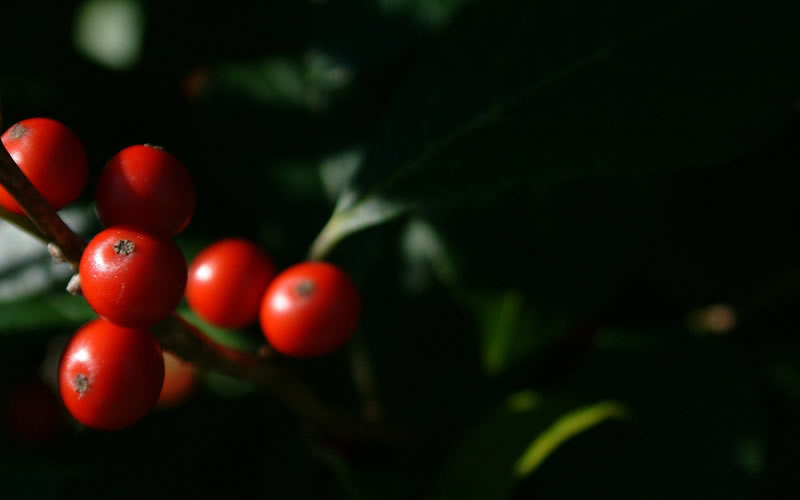The winterberry or Ilex verticillata is a species of holly. This vivid and bright looking plant is native to Easter North America and Southeast Canada and is known by many different names such s the Black Alder Winterberry, Canada holly and many others.

Quick Facts about Winterberry
Height: 6 to 12 feet, 15 feet possible
Lifespan: Perennial
Flowers: Small, white flowers with 6 or 7 petals each that grow in small bunches near base of leaves.
Seeds: Bright red berries that persist for a time after leaves have fallen.
Leaves: Deciduous, green, and long. Grow on opposite sides, typically in a stepladder fashion.
Regions: Zones 4 – 9, can grow from Florida to parts of Canada. Found in the Eastern United States.
Genus: Ilex
Species: Ilex verticillata
Appearance
In terms of size, the winterberry grows to a height of about three to five feet, but seems much larger, thanks to the winterberry’s impressively colored array of berries.
Growth and Environment
The Winterberry is for many something of a revelation. While the plant is very beautiful, thanks to its numerous deciduous hollies, it is also shockingly tough. In fact, the winterberry can actually grow quite well in everything from sand dunes to grasslands.
The shrub seems to be able to make a home for itself in a wide variety of climates and soil types. Neither dry nor wet soil is an obstacle.
Birds love the winterberry, as it is a key food source. Those looking for an easy way to attract a little more wildlife to their garden will find that winterberry is an easy way to attract several different species. The tightly packed berries are not just a treat for the eye, but also stand as a treat for numerous kinds of birds.
